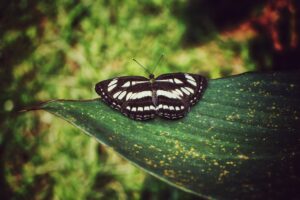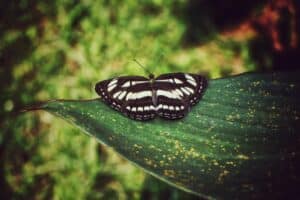Nature photographs posted on social media can aid in conservation efforts
 4 Desember 2023
4 Desember 2023
Many of us use social media to keep in touch with friends and relatives, watch videos of cute animals and the like. These are all worthy pursuits, but if you like taking pictures of nature and posting them online, you can also help improve biodiversity conservation.
This is according to an international team of scientists who scoured images posted on Facebook in nature photography groups in Bangladesh to add to the existing Global Biodiversity Information Facility database on species distribution in the country.
They then combined species distribution data from these two sources to “assess the protected-area representation for Bangladeshi taxa and identify the most important conservation areas,” they write in a study.

“Only five of the 1,097 assessed species are well represented by the current protected-area system of Bangladesh,” the scientists write. “The priority areas, spanning 39% of Bangladesh, are distributed mostly in the northeast and southeast regions.”
The results of the study were highly encouraging, notes Shawan Chowdhury, a scientist at the University of Queensland’s School of the Environment who led the research.
“We found 44,000 photos of almost 1,000 animal species, including many birds and insects, 288 of which are considered threatened in Bangladesh,” he says. “This has vastly improved habitat mapping across the country where only 4.6% of land is designated as protected.”
The photos by nature enthusiasts allowed the scientists to identify many more high-priority areas for conservation, spanning 4,000 square kilometres for birds and 10,000 square kilometres for butterflies.
“We’d been missing out on the distribution data of hundreds of endangered species in Bangladesh so this is a big result,” Chowdhury explains. “This could change the way scientists gather biodiversity information in the future, especially in regions where there is a lack of reliable and up-to-date structured monitoring to inform conservation efforts.”
At the same time social media posts are also being used in Australia to track pest species.
“A South Asian butterfly called the tawny coster entered Australia in 2012,” Chowdhury says. “We’ve searched for additional locality records from Facebook to analyse the movement, ecology and colonisation status of this species and shown that it expanded at about 135 kilometres per year in Australia between 2012 and 2020.”
Even as Facebook has been helpful in these areas, there are some big opportunities for social media companies to tap into conservation by tweaking algorithms, stresses Richard Fuller, a professor in conservation and biodiversity at the University of Queensland.
“There is currently no automated way to collect this information, and it was a very arduous task for us to do it manually.” Fuller notes. “We hope our research can inspire the development of technology such as an app that transfers biodiversity data posted on Facebook directly to the global biodiversity databases,” he elucidates. “This way, conservation scientists can easily access that data and use it.”
The post Nature photographs posted on social media can aid in conservation efforts appeared first on Sustainability Times.
